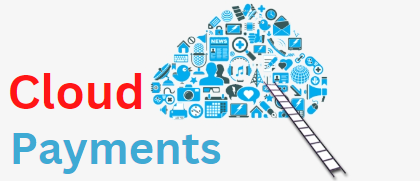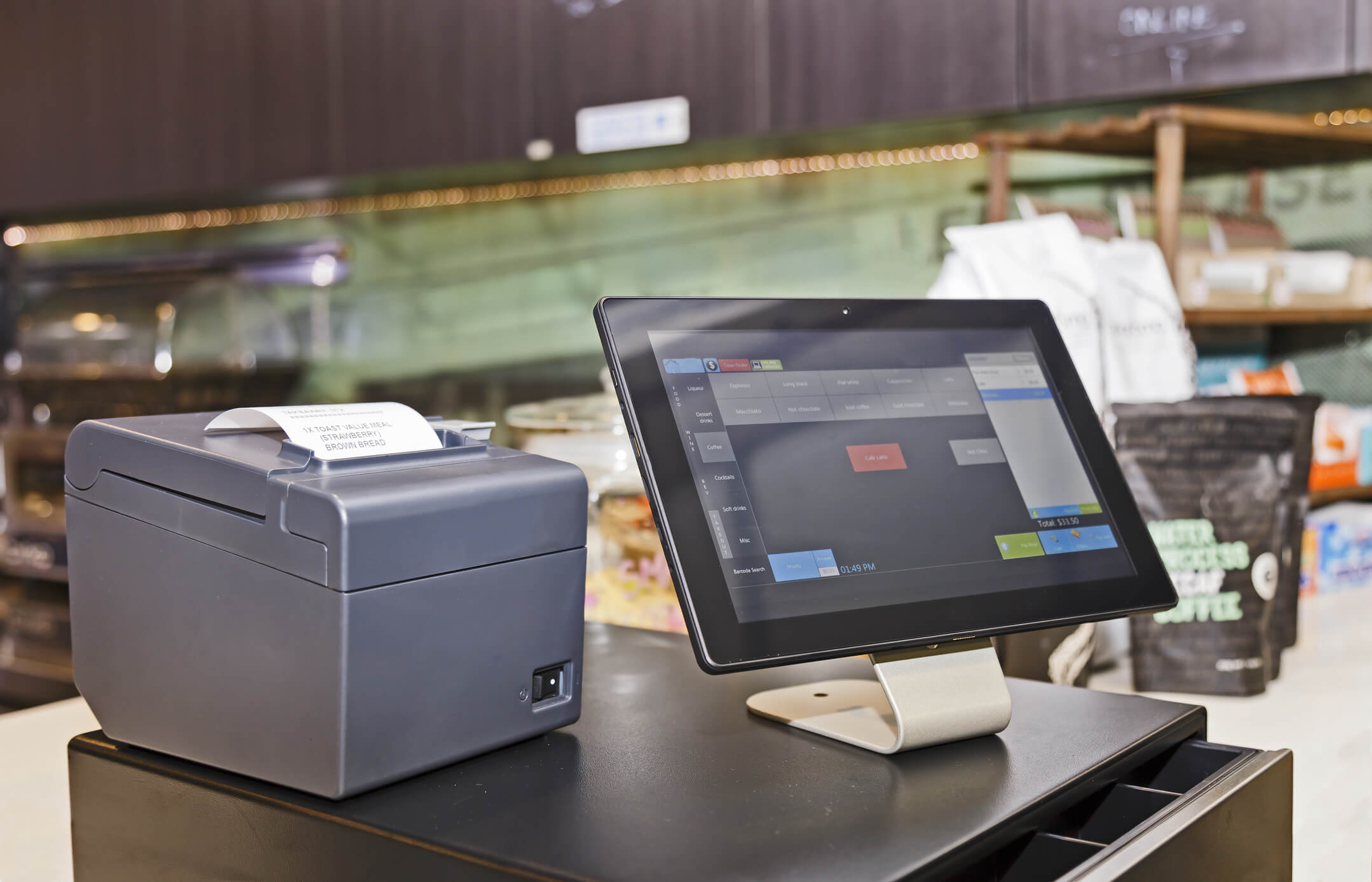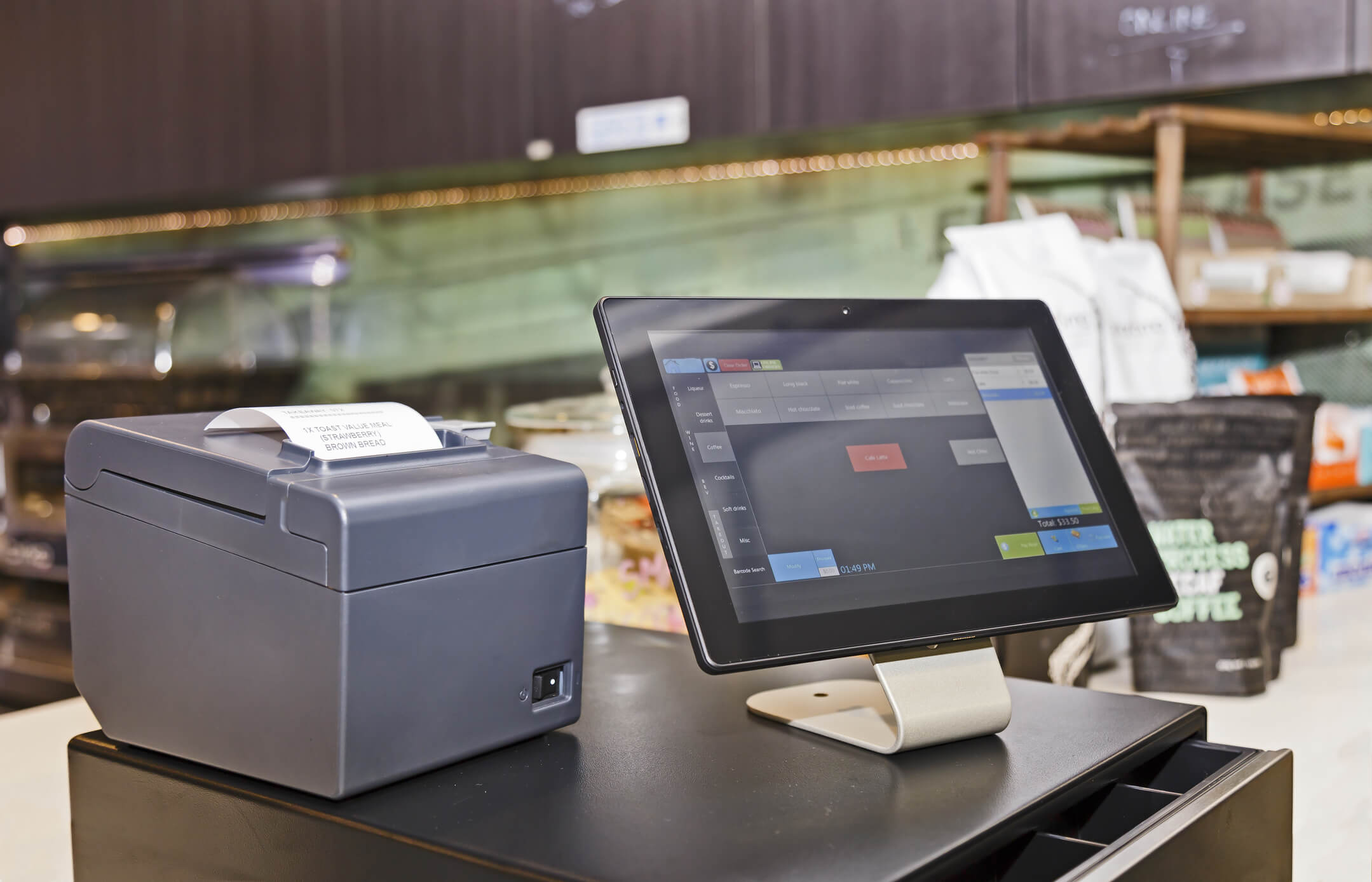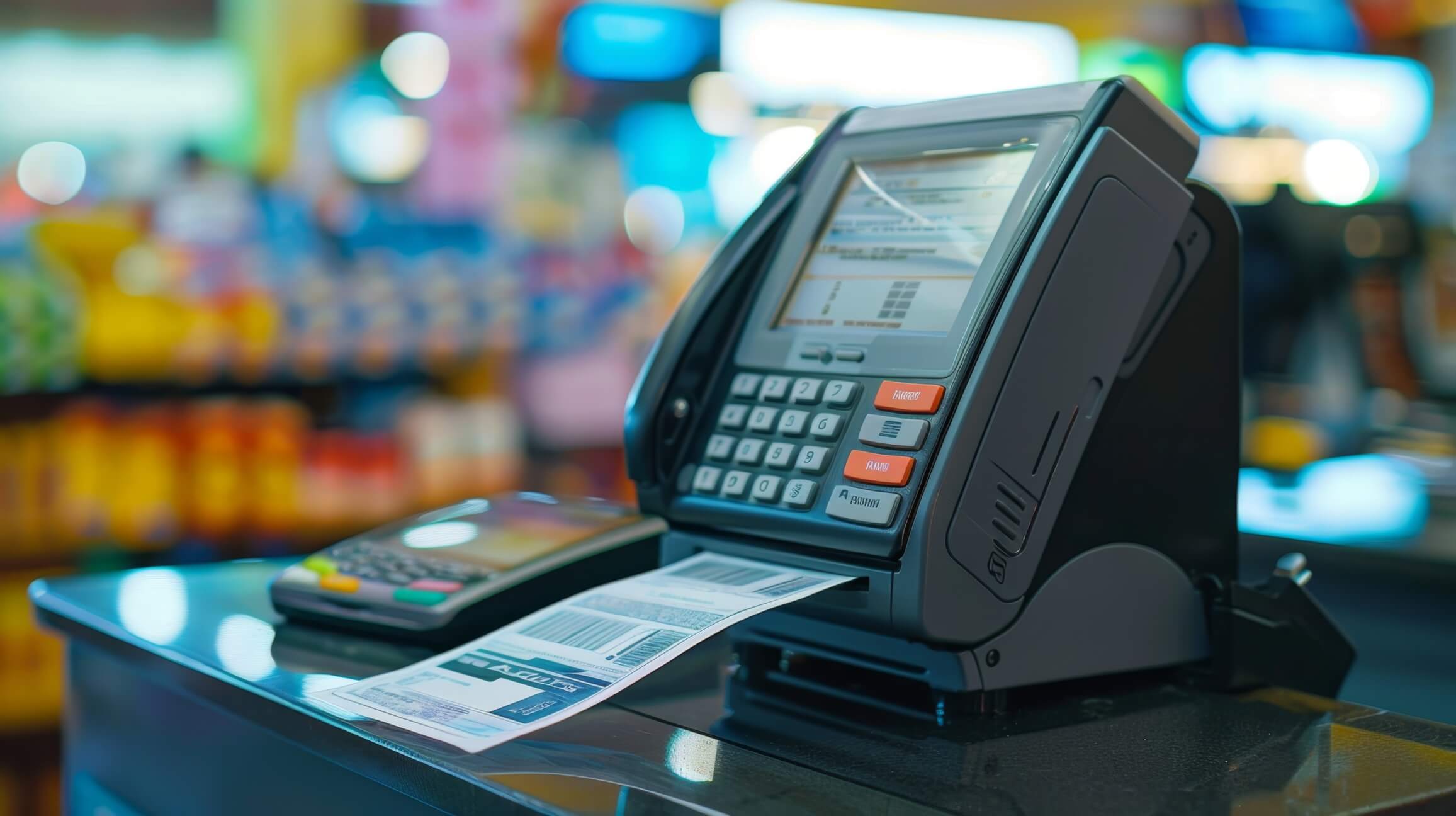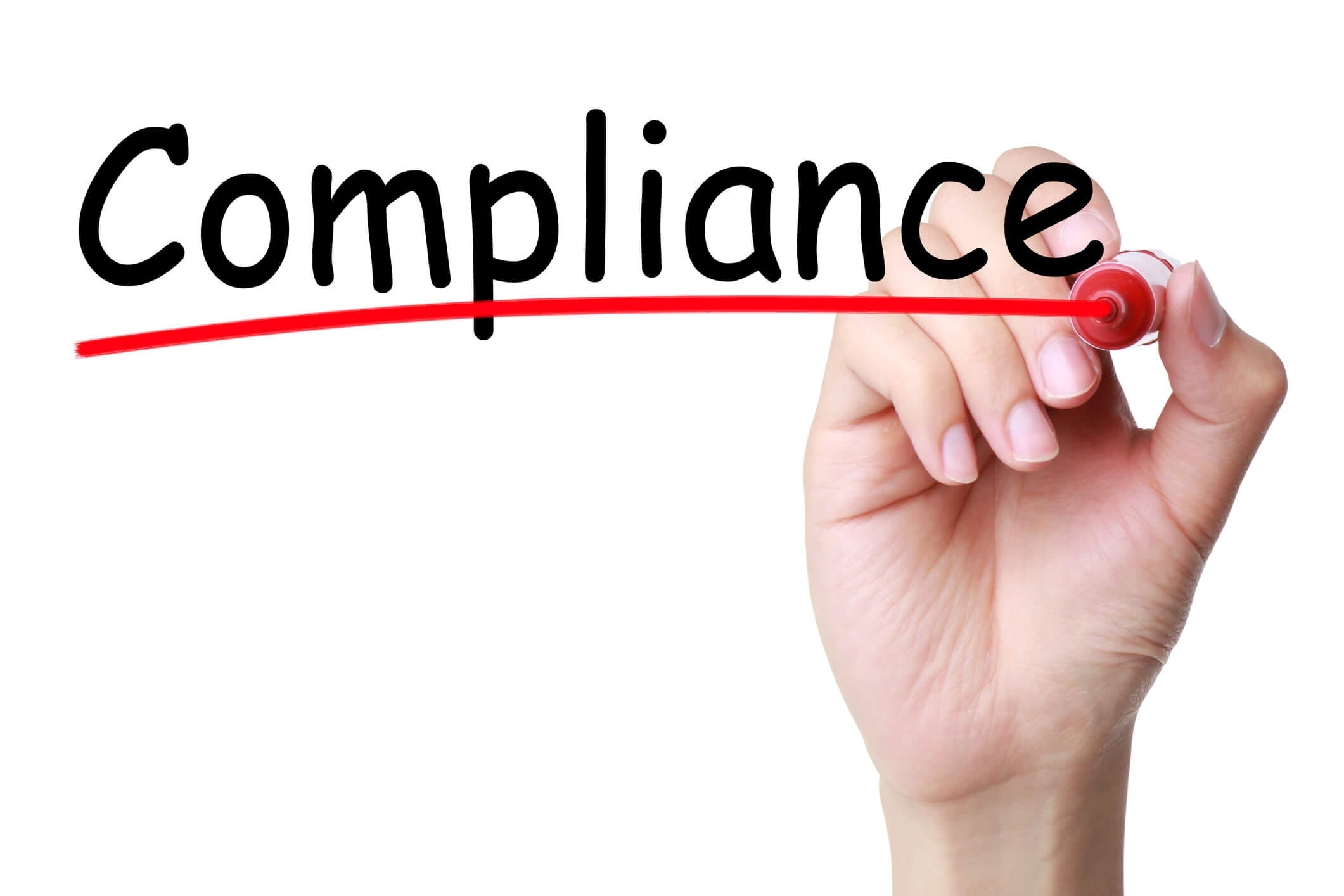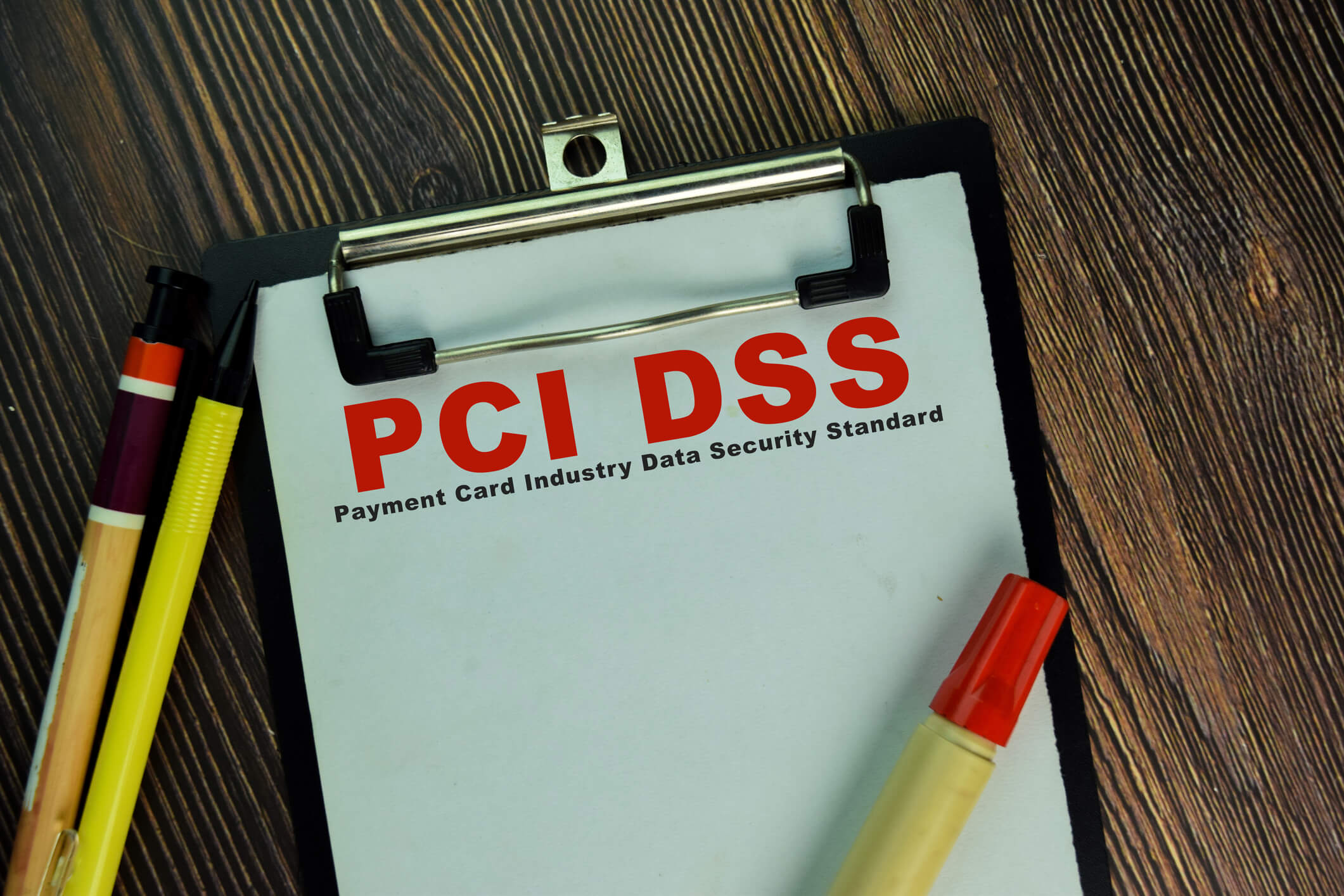Cloud POS vs Traditional POS System: What is Best for Business
In today’s fast-paced business environment, having an efficient and reliable point of sale (POS) system is crucial for the success of any business. With the advancement of technology, businesses now have the option to choose between cloud POS systems and traditional POS systems. Understanding the difference between these two options is essential for making an informed decision that best suits your business needs.
A traditional POS system refers to a hardware-based system that requires on-site installation and maintenance. It typically consists of a computer or terminal, cash register, barcode scanner, receipt printer, and other peripherals. On the other hand, a cloud POS system operates entirely online, with data stored in the cloud and accessible from any internet-connected device.
Advantages of Cloud POS Systems for Businesses
- Accessibility and Mobility: One of the key advantages of cloud POS systems is their accessibility from anywhere at any time. With a cloud-based system, business owners and employees can access real-time sales data, inventory information, and customer profiles from any internet-connected device, such as smartphones, tablets, or laptops. This flexibility allows for greater mobility and the ability to manage the business remotely.
- Cost-Effectiveness: Cloud POS systems eliminate the need for expensive hardware and on-site installation, making them a cost-effective option for businesses, especially small and medium-sized enterprises (SMEs). Instead of investing in servers and other infrastructure, businesses can simply pay a monthly subscription fee for the cloud-based service. This subscription model also includes regular software updates and maintenance, reducing additional costs.
- Scalability: Cloud POS systems offer scalability, allowing businesses to easily expand or downsize their operations without the need for significant hardware upgrades or additional installations. As the business grows, additional users and locations can be easily added to the cloud-based system, ensuring seamless integration and management.
- Data Security: Cloud POS systems often provide robust security measures to protect sensitive customer and business data. Cloud service providers employ advanced encryption techniques, firewalls, and regular backups to ensure data integrity and protection against cyber threats. Additionally, cloud-based systems eliminate the risk of data loss due to hardware failure or theft, as all data is stored securely in the cloud.
- Integration and Customization: Cloud POS systems offer seamless integration with other business applications, such as accounting software, inventory management systems, and customer relationship management (CRM) tools. This integration allows for streamlined operations, improved efficiency, and better decision-making. Furthermore, cloud-based systems often provide customization options, allowing businesses to tailor the POS system to their specific needs and workflows.
- Real-Time Analytics and Reporting: Cloud POS systems provide real-time analytics and reporting capabilities, allowing businesses to gain valuable insights into their sales performance, inventory levels, and customer behavior. These insights enable businesses to make data-driven decisions, identify trends, and optimize their operations for improved profitability.
- Automatic Updates and Maintenance: With a cloud POS system, businesses no longer need to worry about manually updating software or maintaining hardware. Cloud service providers handle all updates and maintenance tasks, ensuring that businesses always have access to the latest features and security enhancements without any disruptions.
- Disaster Recovery: Cloud POS systems offer built-in disaster recovery capabilities, ensuring that businesses can quickly recover their data in the event of a system failure, natural disaster, or other unforeseen circumstances. Cloud service providers typically have redundant servers and backup systems in place to minimize downtime and data loss.
- Enhanced Customer Experience: Cloud POS systems enable businesses to provide a seamless and personalized customer experience. With access to customer profiles, purchase history, and preferences, businesses can offer tailored promotions, loyalty programs, and targeted marketing campaigns. This level of personalization enhances customer satisfaction and loyalty, ultimately driving repeat business and revenue growth.
- Environmental Sustainability: Cloud POS systems contribute to environmental sustainability by reducing paper waste. With digital receipts and online transactions, businesses can significantly reduce their carbon footprint and promote eco-friendly practices.
Disadvantages of Cloud POS Systems for Businesses
- Dependence on Internet Connectivity: One of the main disadvantages of cloud POS systems is their reliance on stable internet connectivity. If the internet connection is slow or unreliable, it can disrupt business operations and hinder the ability to process transactions in real-time. However, many cloud POS systems offer offline mode functionality, allowing businesses to continue operating even during internet outages.
- Data Security Concerns: While cloud POS systems generally provide robust security measures, some businesses may still have concerns about the security of their data stored in the cloud. It is essential to choose a reputable cloud service provider that prioritizes data security and compliance with industry standards.
- Limited Customization Options: While cloud POS systems offer customization options, they may not provide the same level of flexibility as traditional POS systems. Some businesses with unique workflows or specific requirements may find it challenging to fully customize a cloud-based system to meet their needs.
- Potential Downtime: Although cloud service providers strive to maintain high uptime, there is still a possibility of occasional downtime due to server maintenance, upgrades, or unforeseen technical issues. Businesses relying on cloud POS systems should have contingency plans in place to minimize disruptions during such instances.
Advantages of Traditional POS Systems for Businesses
- Reliability: Traditional POS systems have a proven track record of reliability, as they operate independently of internet connectivity. Businesses can continue processing transactions even during internet outages or other technical issues.
- Full Control: With a traditional POS system, businesses have full control over their hardware and software. They can choose the specific components and peripherals that best suit their needs and preferences. This level of control allows for greater customization and flexibility.
- Familiarity and Ease of Use: Traditional POS systems often have a familiar interface and workflow, making it easier for employees to adapt and use the system effectively. This familiarity can reduce training time and minimize potential errors during transactions.
- Offline Functionality: Unlike cloud POS systems, traditional POS systems do not rely on internet connectivity for basic operations. This offline functionality ensures that businesses can continue serving customers and processing transactions even in remote locations or areas with limited internet access.
- No Monthly Subscription Fees: Traditional POS systems typically involve a one-time upfront cost for hardware and software licenses, eliminating the need for ongoing monthly subscription fees. This cost structure may be more suitable for businesses with a limited budget or those that prefer a one-time investment.
- Customization Options: Traditional POS systems often offer more extensive customization options, allowing businesses to tailor the system to their specific needs and workflows. This flexibility can be particularly beneficial for businesses with unique requirements or specialized industries.
- Integration with Legacy Systems: Some businesses may have existing legacy systems or software that they rely on for their operations. Traditional POS systems can often integrate seamlessly with these legacy systems, ensuring a smooth transition and compatibility.
- Offline Data Storage: Traditional POS systems typically store data locally, providing businesses with direct access to their sales data and customer information without relying on an internet connection. This can be advantageous for businesses that prioritize data privacy or have specific regulatory requirements.
- No Dependency on Third-Party Providers: With a traditional POS system, businesses have full control over their hardware and software, eliminating the dependency on third-party cloud service providers. This level of control can provide peace of mind for businesses concerned about data security or potential disruptions caused by external factors.
- Longevity: Traditional POS systems have been in use for many years and have a proven track record of longevity. Businesses can rely on the stability and durability of traditional POS systems, knowing that they have stood the test of time.
Disadvantages of Traditional POS Systems for Businesses
- Higher Upfront Costs: Traditional POS systems often require a significant upfront investment in hardware, software licenses, and installation. This cost can be a barrier for small businesses or startups with limited capital.
- Limited Mobility: Unlike cloud POS systems, traditional POS systems are not as mobile or accessible from anywhere. Businesses using traditional systems may face limitations in managing their operations remotely or accessing real-time data.
- Maintenance and Upgrades: Traditional POS systems require regular maintenance and updates, which can be time-consuming and costly. Businesses need to allocate resources for hardware repairs, software updates, and security patches to ensure the system’s optimal performance.
- Data Security Risks: Traditional POS systems may be more vulnerable to data breaches or theft, as data is stored locally on the premises. Businesses need to implement robust security measures, such as firewalls, encryption, and regular backups, to protect sensitive customer and business data.
- Limited Scalability: Traditional POS systems may have limitations when it comes to scalability. Expanding or adding new locations may require additional hardware installations and upgrades, which can be time-consuming and costly.
- Lack of Real-Time Analytics: Traditional POS systems often lack real-time analytics and reporting capabilities, making it challenging for businesses to gain immediate insights into their sales performance, inventory levels, and customer behavior. This limitation can hinder decision-making and hinder the ability to respond quickly to market trends.
- Integration Challenges: Integrating traditional POS systems with other business applications or software may be more complex and require additional customization or development. This integration challenge can result in inefficiencies and delays in data synchronization.
- Limited Support and Updates: Traditional POS systems may have limited support and updates compared to cloud POS systems. As technology advances, businesses using traditional systems may face difficulties in finding compatible hardware or software updates, potentially leading to compatibility issues or system obsolescence.
Factors to Consider When Choosing between Cloud POS and Traditional POS Systems
When deciding between cloud POS and traditional POS systems, several factors need to be considered to ensure the best fit for your business. These factors include:
- Business Size and Scalability: Consider the size of your business and its potential for growth. Cloud POS systems are often more scalable and suitable for businesses with plans for expansion or multiple locations. Traditional POS systems may be more suitable for smaller businesses with limited growth expectations.
- Budget and Cost: Evaluate your budget and financial resources. Cloud POS systems typically involve lower upfront costs and monthly subscription fees, making them more affordable for businesses with limited capital. Traditional POS systems may require a higher upfront investment but do not involve ongoing subscription fees.
- Internet Connectivity: Assess the reliability and availability of internet connectivity in your business location(s). Cloud POS systems rely on stable internet connectivity for real-time data access and transaction processing. If your business operates in an area with limited or unreliable internet access, a traditional POS system may be a more suitable option.
- Data Security and Compliance: Consider the sensitivity of your business and customer data. Cloud POS systems often provide robust security measures and compliance with industry standards. However, if your business has specific data security requirements or regulatory compliance needs, a traditional POS system may offer more control and customization options.
- Integration Requirements: Evaluate your business’s need for integration with other applications or software. Cloud POS systems often offer seamless integration with various business tools, such as accounting software, inventory management systems, and CRM tools. Traditional POS systems may require additional customization or development to achieve the desired integration.
- Mobility and Remote Management: Determine the level of mobility and remote management required for your business. Cloud POS systems offer greater flexibility and accessibility, allowing you to manage your business remotely from any internet-connected device. Traditional POS systems may limit your ability to access real-time data or manage operations remotely.
- Support and Maintenance: Consider the level of support and maintenance required for your POS system. Cloud POS systems often include regular updates, maintenance, and technical support as part of the subscription package. Traditional POS systems may require additional resources for hardware repairs, software updates, and technical support.
- User-Friendliness and Training: Assess the ease of use and training requirements for your employees. Cloud POS systems often have intuitive interfaces and familiar workflows, reducing the learning curve for employees. Traditional POS systems may require more training and adaptation due to their unique interfaces and functionalities.
How to Implement a Cloud POS System in Your Business
Implementing a cloud POS system in your business involves several steps to ensure a smooth transition and successful integration. Here is a step-by-step guide to help you through the process:
- Assess Your Business Needs: Evaluate your business requirements and identify the specific features and functionalities you need from a cloud POS system. Consider factors such as inventory management, sales analytics, customer relationship management, and integration with other business tools.
- Research and Select a Cloud POS Provider: Conduct thorough research to identify reputable cloud POS providers that align with your business needs. Consider factors such as pricing, features, customer reviews, and customer support. Request demos or trials to test the system’s usability and compatibility with your business operations.
- Plan for Data Migration: If you are transitioning from a traditional POS system or another software solution, plan for data migration to ensure a seamless transfer of your existing data to the cloud POS system. Work closely with your cloud POS provider to understand the data migration process and any potential challenges.
- Hardware and Software Setup: Determine the hardware and peripherals required for your cloud POS system. This may include tablets, smartphones, cash drawers, barcode scanners, receipt printers, and card readers. Ensure compatibility with your chosen cloud POS provider and consider factors such as durability, ease of use, and integration capabilities.
- Configure and Customize the System: Work with your cloud POS provider to configure and customize the system according to your business needs. This may involve setting up product catalogs, pricing structures, tax settings, discounts, and loyalty programs. Ensure that the system reflects your branding and workflows.
- Train Your Employees: Provide comprehensive training to your employees on how to use the cloud POS system effectively. This may include training sessions, user manuals, and ongoing support. Emphasize the benefits and features of the system to encourage adoption and maximize its potential.
- Test and Pilot: Before fully implementing the cloud POS system, conduct thorough testing and piloting to identify any potential issues or areas for improvement. Test various scenarios, such as different payment methods, inventory management, and reporting functionalities. Gather feedback from employees and make necessary adjustments.
- Rollout and Monitor: Once you are confident in the system’s functionality and usability, rollout the cloud POS system across your business locations. Monitor its performance closely during the initial stages to identify any issues or areas for optimization. Regularly communicate with your employees to address any concerns or questions.
- Evaluate and Optimize: Continuously evaluate the performance of your cloud POS system and gather feedback from employees and customers. Identify areas for optimization and improvement, such as streamlining workflows, enhancing reporting capabilities, or integrating additional business tools. Regularly communicate with your cloud POS provider to stay updated on new features and enhancements.
How to Implement a Traditional POS System in Your Business
Implementing a traditional POS system in your business requires careful planning and consideration. Here is a step-by-step guide to help you navigate the implementation process:
- Assess Your Business Needs: Start by assessing your business needs and requirements. Identify the specific features and functionalities you need from a traditional POS system, such as inventory management, sales reporting, or integration with other business applications.
- Research POS Providers: Conduct thorough research to identify reputable POS providers that offer hardware and software solutions that align with your business needs. Consider factors such as pricing, customer reviews, compatibility, scalability, and customer support.
- Choose the Right Hardware: Select the hardware components that best suit your business environment and requirements. Consider factors such as the type of cash register, barcode scanners, receipt printers, and other peripherals needed for your operations.
- Software Installation: Install the POS software on the designated computer or server. Follow the instructions provided by the POS provider to ensure a smooth installation process.
- Configure Settings and Workflows: Customize the POS software to match your business needs and workflows. Configure settings such as tax rates, discounts, payment options, and receipt formats. Set up workflows for sales, returns, exchanges, and other common transactions.
- Data Migration: If you are transitioning from another POS system or software solution, you will need to migrate your existing data to the new system. Follow the instructions provided by the POS provider to transfer your data securely.
- Set Up User Accounts and Permissions: Determine the roles and permissions for each user in your organization. Create user accounts and assign appropriate access levels to ensure data security and privacy.
- Train Your Staff: Provide comprehensive training to your staff on how to use the traditional POS system effectively. This training should cover basic functionalities, advanced features, troubleshooting, and security best practices.
- Test and Fine-Tune: Before fully implementing the traditional POS system, conduct thorough testing to ensure that all functionalities are working as expected. Fine-tune the system based on user feedback and make any necessary adjustments.
- Go Live: Once you are confident in the system’s performance, go live with the traditional POS system. Monitor its performance closely during the initial days to address any issues promptly.
- Ongoing Support and Maintenance: Establish a support system with your POS provider to address any technical issues or questions that may arise. Regularly update the system and stay informed about new features and enhancements offered by the provider.
Frequently Asked Questions
Q.1: What is a cloud POS system?
A cloud POS system is a point of sale system that operates entirely online, with data stored in the cloud and accessible from any internet-connected device. It offers advantages such as accessibility, cost-effectiveness, scalability, data security, and integration capabilities.
Q.2: What is a traditional POS system?
A traditional POS system refers to a hardware-based system that requires on-site installation and maintenance. It typically consists of a computer or terminal, cash register, barcode scanner, receipt printer, and other peripherals. Traditional POS systems offer advantages such as reliability, offline functionality, customization options, immediate data access, and one-time cost.
Q.3: Can a cloud POS system work offline?
Some cloud POS systems offer offline mode capabilities, allowing businesses to continue processing transactions even when the internet is down. However, offline mode may have limited functionality and require manual synchronization once the internet connection is restored.
Q.4: Are cloud POS systems more secure than traditional POS systems?
Both cloud POS systems and traditional POS systems can be secure if proper security measures are implemented. Cloud POS systems store data in secure servers, protected by encryption and multiple layers of security measures. Traditional POS systems require businesses to implement robust security measures locally, such as encryption and regular backups.
Q.5: Which POS system is better for small businesses?
The choice between a cloud POS system and a traditional POS system for small businesses depends on various factors, including budget, mobility requirements, scalability, and integration capabilities. Cloud POS systems are often more cost-effective and scalable, while traditional POS systems offer reliability and offline functionality.
Conclusion
Choosing between cloud POS and traditional POS systems is a critical decision that can significantly impact the efficiency and success of your business. While cloud POS systems offer advantages such as accessibility, cost-effectiveness, and scalability, traditional POS systems provide benefits such as offline functionality, customization options, and greater control over data and infrastructure.
To make an informed decision, businesses need to carefully evaluate their specific needs, budget, technical requirements, and growth plans. Consider factors such as data security, scalability, user-friendliness, support, and integration capabilities. By weighing the advantages and disadvantages of each POS system option, businesses can select the solution that best aligns with their unique requirements and positions them for long-term success.
